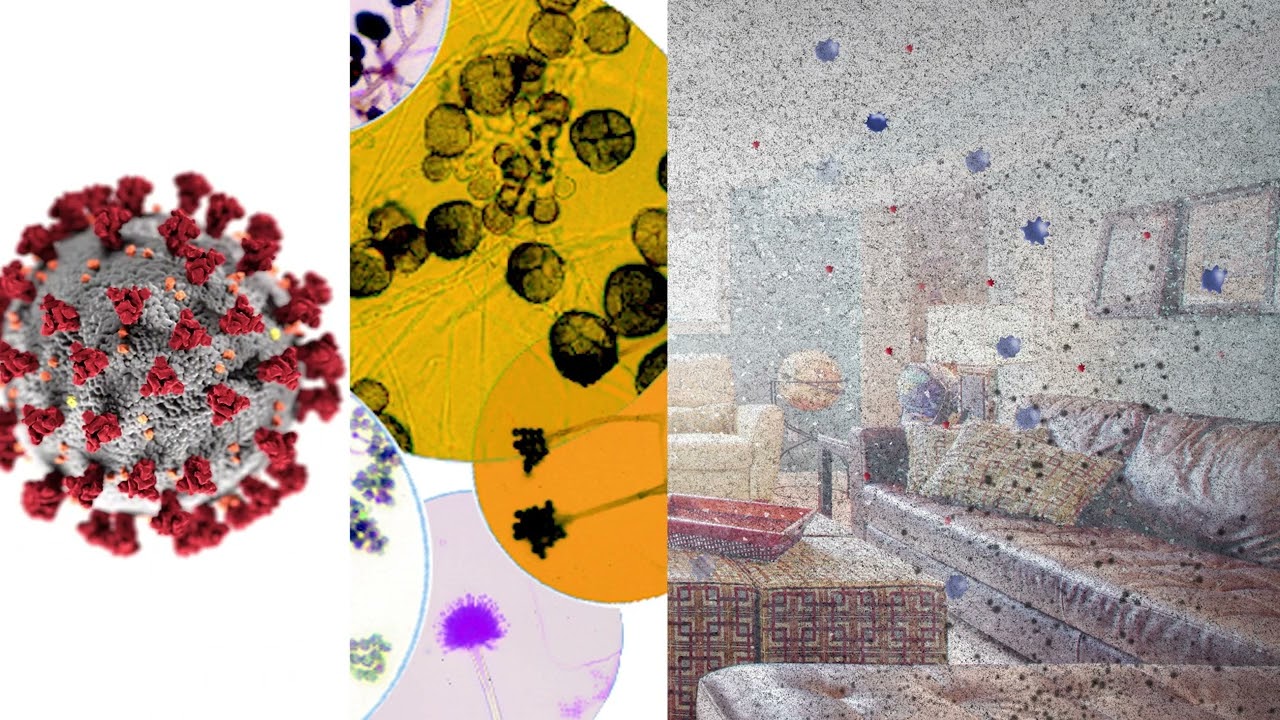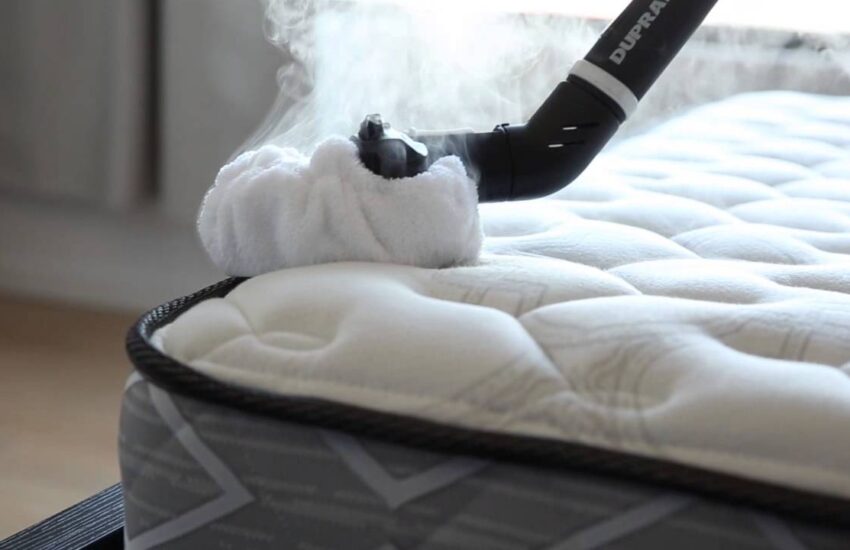How to improve home air quality?
Poor indoor air quality is especially harmful for children, older people, and pregnant women. People with COVID-19 and chronic diseases are also more susceptible to poor air quality. There are a variety of steps that can be taken to improve home air quality. You can begin by preventing particles from entering the air in the first place. Then, you can use filtration and ventilation to dilute airborne particles and remove them. Plants can also help improve air quality in your home.
Source control
One of the best ways to improve the air quality of your home is to implement source control. Source control involves identifying the source of pollution and reducing or eliminating it. This can include cleaning products and open windows. If these products are the cause of poor air quality in your home, you can throw them away or purchase new ones. While you cannot completely eliminate all sources, you can limit or eliminate their emissions by installing filters. Listed below are some examples of source control.
Ventilation improvements can also help improve indoor air quality by increasing the amount of fresh outdoor air that enters your home. Increasing ventilation can dilute indoor pollutants and push stale air out of your home. Depending on the source, some ventilation improvements may actually increase your energy bill. Mechanical air cleaners are another solution that filters pollutants from indoor air. They are an excellent supplement to source control and ventilation, but not a complete cure.
Ventilation
Among the many ways to improve the air quality of your home is by installing a home ventilation system. Ventilation allows you to control indoor temperatures, eliminate and dilute indoor air pollutants, and manage humidity. Unfortunately, inadequate ventilation can make indoor air quality worse. In addition to poor ventilation, consider if the sources of pollution are outdoors. Because all homes experience some degree of infiltration, you should consider a ventilation system to combat these problems.
EPA standards for ventilation rates in new homes are 0.35 ACH or more. Some new homes are built to even tighter requirements. To help prevent these pollutants, contact your state homebuilders’ association or EPA regional office. EPA booklets are also available at state radon offices. When building a new home, ask your builder to incorporate ventilation into the plan. You should also look for ways to increase outdoor air and cross-ventilate your home.
Filtration
Households have indoor air quality problems due to poor ventilation. Poor ductwork means indoor air cannot exchange with outside air effectively. Good ventilation systems allow pollutants to escape outside and disperse. Unfortunately, many modern homes are tightly sealed and do not receive sufficient outdoor air. These homes receive air from various sources, including windows, joints, and open doors. The air inside a home also needs to be cleaned and filtered.
In an randomized controlled trial, window air conditioners and free-standing air filters were used to study indoor air quality. The researchers measured the PM levels in a child’s bedroom. They found that filters reduced PM levels by 50% or more. In fact, filters reduced PM levels by up to 80%. This suggests that using a filtration device improves home air quality. But does it really improve the quality of indoor air?
Plants
Aside from their aesthetic benefits, houseplants can help reduce the toxins in your home. According to NASA, a peace lily has the greatest ability to purify the air. Its tiny roots can absorb toxins from the air. A plant can also be effective at preventing COVID-19. Here’s how to care for plants in your home to help improve air quality. Listed below are some of the best choices.
Peace lily: This plant is known to filter VOCs, including benzene, formaldehyde, and trichloroethylene. However, it can be quite dangerous for pets and humans. It can cause skin irritation and swelling. Keep peace lilies as a houseplant in a well-ventilated room, but be sure to avoid using any harsh cleaners on them.
Volatile organic compounds (VOCs) are gases released from household products. Many chemicals are found in these products, including paints, carpets, and upholstery. The concentrations of VOCs inside a home are two to five times higher than those outside. In fact, VOCs in homes can be so high that they can damage the respiratory system. However, with the use of plants to improve home air quality, you can improve your overall health.
Avoiding secondhand smoke
While the health effects of thirdhand smoke may not be immediately noticeable, they can develop over time, particularly for people who are susceptible. Smoking is not the only cause of poor indoor air quality. Exposure to thirdhand smoke can cling to clothing and hair, making the situation worse. To improve home air quality, avoid letting a smoker live in the house. To reduce the effects of thirdhand smoke, it is important to stop smoking.
Children, especially babies, are at highest risk for the effects of thirdhand smoke. The toxic residue in thirdhand smoke can stunt the growth of infants and children, weakening their immune systems. Infants and toddlers frequently put things in their mouths during development, which puts them in direct contact with contaminated surfaces. Secondhand smoke exposure can also worsen asthma symptoms. Children are particularly susceptible to thirdhand smoke because they put everything they can in their mouths.
Although separating smokers from nonsmokers can reduce the effects of secondhand smoke, it is not completely effective. Smoke can travel through vents, between rooms, and up stairwells. During this time, it can stick to furniture, clothes, and walls. The toxins from tobacco remain harmful after ingestion. In addition to children, pets can also be affected by secondhand smoke.
Avoiding radon
The US Environmental Protection Agency recommends a minimum indoor radon level of four parts per million (pCi/L), but even homes with lower levels can pose a risk. The good news is that there are many ways to mitigate the risk. One way is to install radon mitigation standards in new homes. This type of system will seal the home against radon migration through the slab. In addition, it will help prevent the buildup of radon in homes.
There are a few different test kits available. Using a short-term radon test kit is the easiest way to identify whether your home has high radon levels. EPA publications about radon testing are also available. In addition to EPA publications, you can get information from your state’s radon office. By testing your home for radon, you’ll be able to reduce the risk of lung cancer and other illnesses.
Avoiding wood-burning stoves
To avoid releasing toxic air pollutants into your home, you should avoid burning green or wet wood. Also, you should avoid burning plastics or plywood, which can also contribute to indoor air pollution. Furthermore, burning garbage is illegal. The stove itself can also degrade over time due to excessive buildup of creosote. To avoid creating an even more dangerous situation, make sure that your chimney and exhaust vent pipes are unobstructed and clean.
The new wood-burning standards have been introduced by the U.S. Environmental Protection Agency. Manufacturers have until 2020 to phase in the new standards. Some of the latest models are already certified to meet these new standards. Look for hangtags that say they meet the 2020 standards. The new stoves are cleaner and will eventually be phased in over time. It is possible that even the most efficient models will not meet the new requirements by then.
Despite the increased awareness of air pollution, wood-burning stoves still contribute to indoor air pollution. Even worse, wood smoke can harm sensitive populations and cause asthma attacks and headaches. If you’re considering installing a wood-burning stove in your home, it’s essential to choose the right kind. The US Environmental Protection Agency has a list of certified wood stoves for sale. The EPA certification label will indicate a stove’s air-tightness.
Avoiding air fresheners
According to a study published in the journal Environmental Health Perspectives, common household products such as air fresheners contribute to indoor air pollution, including VOCs and potentially hazardous chemicals. In fact, air fresheners contain high levels of volatile organic compounds, or VOCs, which are difficult to detect in the air but are known to trigger symptoms of headaches, nausea, and skin irritation. These air fresheners are not required by law to list their ingredients, so consumers should be wary of the term “all natural,” “green,” or “clean.”
In addition to reducing indoor air pollution, air fresheners are harmful to your health, and their use is widely discouraged. Chemical air fresheners contain fragrances that mask smells and are harmful to your health. These ingredients have been linked to everything from cancer to endocrine disruption. Some of these chemicals have even been linked to respiratory problems and headaches. These side effects are just a few reasons to avoid air fresheners, and natural alternatives are available at a fraction of the cost.


